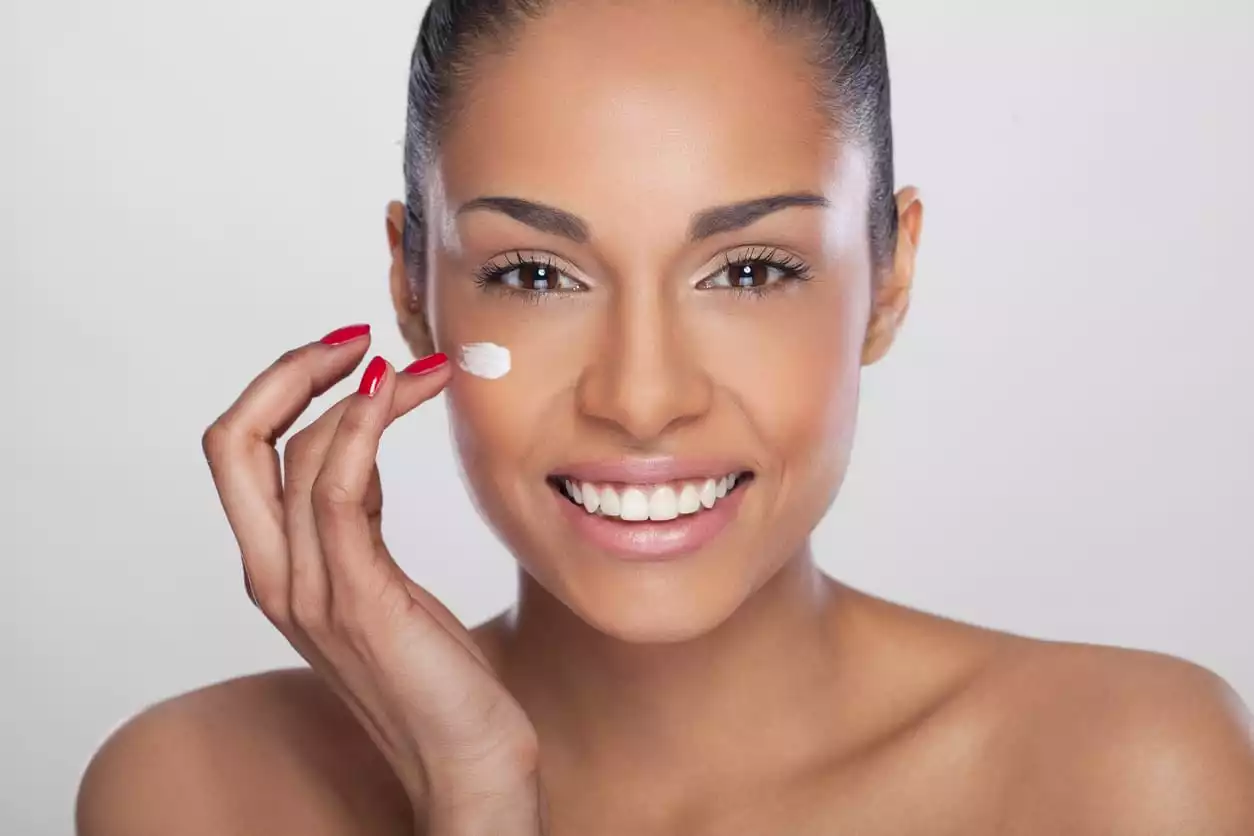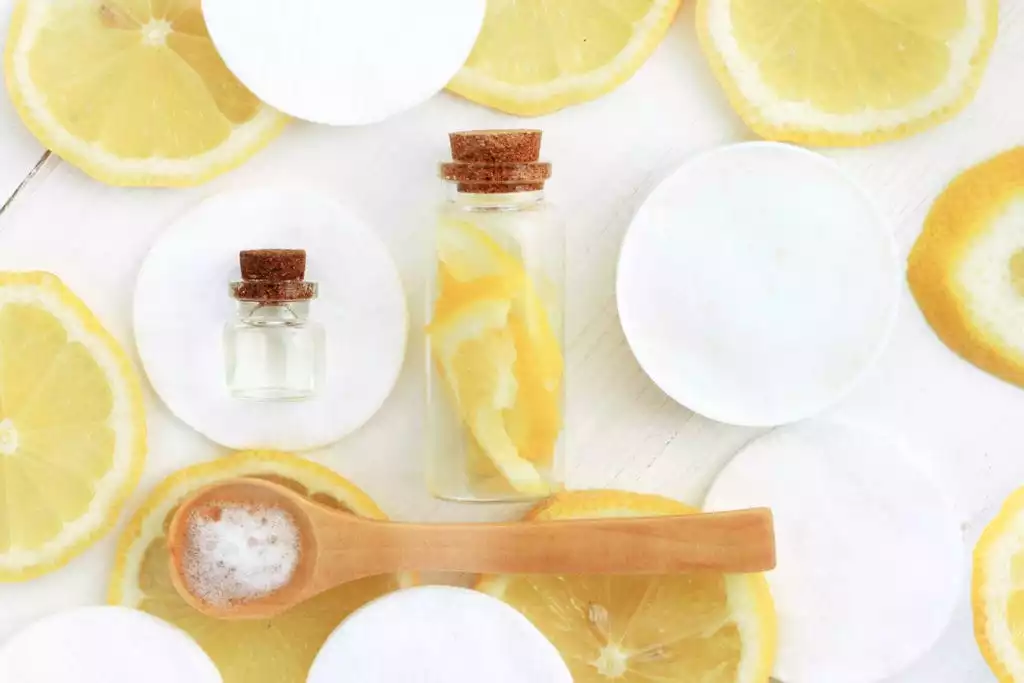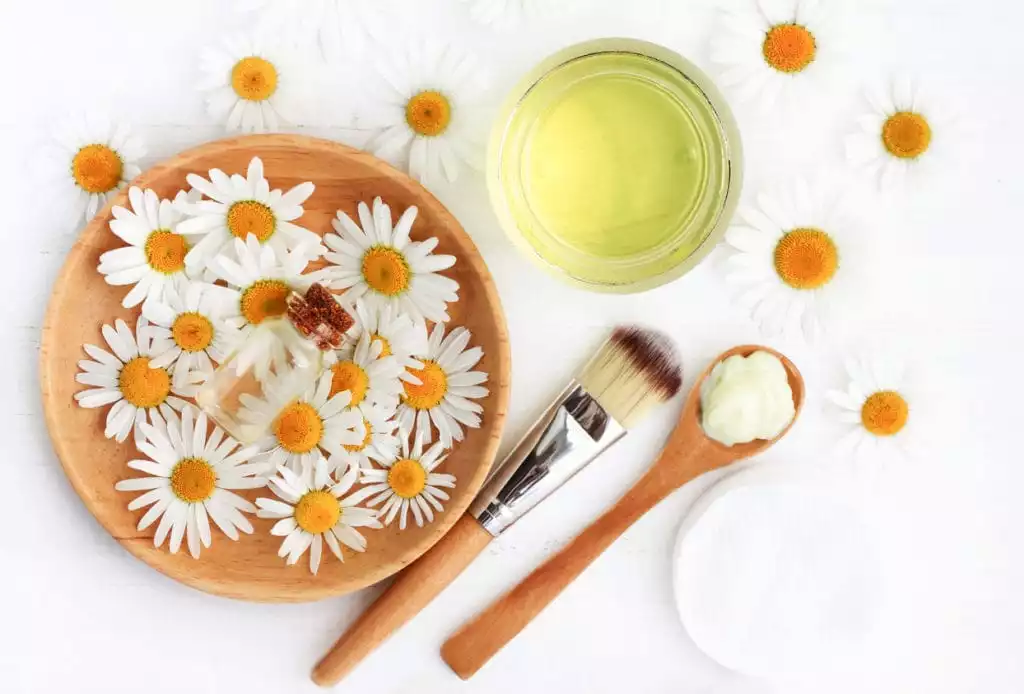
Hello, beautiful! There’s nothing like gorgeous, glowing skin to make you feel confident about your appearance. Unfortunately, not all of us are born with that glorious skin, but that doesn’t mean there aren’t ways to achieve it along the way. Proper skincare, the right makeup, and a healthy diet are the best ways to achieve smooth, healthy and glowing skin no matter what your age. With these benefits of compounded dermatology medication, you’ll get glowing skin in no time!
While we can’t offer you the fountain of youth, we can help with makeup and skincare products to resolve any stubborn skin problems. Through the power of compounding, your local pharmacy can whip up custom dermatology medication designed to balance your skin and restore function to the cells within it – so you can smile widely, proudly, and confidently every day no matter where your travels take you.
Strip Away Dead Skin Cells With Chemical Peels
When we are young, our skin cells regenerate at a fairly regular pace – about once every 28 days. As skin cells die off, the body sloughs them off and replaces them with new ones, refreshing the dermis and creating a smooth, supple surface. Keeping those glowing cheeks into adulthood, however, can be significantly more difficult. Not only does the regeneration cycle slow, but the body can also have a harder time sloughing away dead cells over time. The result is rough, uneven skin with dark spots, blemishes, and in some cases, scaly patches.
Most compounded dermatology medication and chemical peels contain:
- Citric acid
- Glycolic acid
- Lactic acid
- Malic acid
- Tartaric acid
- Alpha hydroxy acid
- Other plant-based acids
These substances may be combined with other chemical peel contents, such as moisturizing oils or antioxidants like vitamin C. Together, they gently dissolve old skin cells and subtly irritate the top dermal layer on the face, causing a mild inflammatory response. In response, the body increases regeneration and hastens the development of new skin cells. The skin is refreshed faster across the areas under the chemical peel.
Despite causing a mild inflammatory response, chemical peels should not be painful to the user. However, each patient’s profile and requirements may be unique. That’s what makes compounding dermatology medication such a valuable tool – the pharmacist can custom-balance peel contents to get just the right results with only minimal irritation.
Bleach Away Dark Spots with Bleaching Creams
People both young and old can occasionally experience dark spots and blemishes on the skin that detract from their youthful, glowing appearance. These spots may be natural, such as in the age-related development of extra melanin. They may be also related to physical health conditions like Cushing’s Disease or Diabetes Mellitus. In many cases, they are a simple genetic quirk that stems from uneven melanin deposits in the skin.
Compounded bleaching products aren’t really bleaches at all; instead, they contain ingredients that reduce the amount of melanin in the skin. Usually, this occurs either through the use of acids to dissolve melanins or by applying substances that interfere with the development of melanin in the first place.
Hydroquinone is the only true FDA-approved “bleach” available for dermatology medication and use, but other substances may either boost the bleaching process or act as lighteners in conjunction. These substances include:
- Lemon Juice
- Alpha Hydroxy Acid
- Beta Hydroxy Acid
- Licorice Root
- Diacetyl Boldine
- Vitamin C and E
- Dithia Octanediol
- Other herbal products
Typically, these products work best when applied to a single spot until darkness fades away, but they must be utilized with care. Over-bleaching or using a too-strong formula on your skin may result in unsightly light spots that simply create another issue along the way.
While commercial skin bleaches are available, many of them are at least slightly caustic. This can cause significant irritation and uneven skin tone if used incorrectly. Here, too, compounding dermatology medication is the better choice for its flexibility and scalability.
Reduce Wrinkles and Aging with Estradiols
Women often have specialized skincare needs, especially as they begin to enter menopause and experience fluctuating hormones. Low levels of estrogen can make skin dry, flaky, or excessively oily (every patient reacts differently). This causes significant stress for patients who are already attempting to cope with hot flashes and mood swings in many cases. Low estrogen can also produce a gradual loss of elasticity and plumpness, leaving wrinkles and fine lines in the face.
If blood testing shows estrogen levels to be low, supplementation with bioidentical estrogen is often recommended. The good news here is that topical supplementation works far better than oral supplementation for a large number of patients. If you’re struggling with signs of aging, it is perfectly reasonable to apply estradiols to the face as part of an overall compounded skincare solution.
Estradiol doses must match a patient’s needs; too much estrogen in the body can cause swelling, edema, fibrocystic breasts, uterine bleeding, and even PMS-like symptoms or nausea. That’s why many doctors who treat low estrogen (either in the skin or the general body) recommend that patients have their bioidenticals compounded to match their needs.
Soothe Inflammation with Anti-Inflammatories
For dermatology patients who mainly struggle with inflammation, compounded dermatology medication can relieve redness, itching, swelling, and edema throughout the face. This is true whether symptoms are a result of sensitive skin or caused by conditions like eczema, psoriasis, rosacea, or even adult acne.
Topical skin-specific anti-inflammatory medications include:
- Dexamethasone
- Tacrolimus
- Pimecrolimus
- Finacea
- Azelex
- Fluocinonide
- Hydrocortisone
- Triamcinolone
- Prednicarbate
- Vitamin E
- Halcinonide
- Lanacane
- Aveeno
- Benadryl
- Caladryl
Some of these medications (including Dexamethasone and Hydrocortisone) are very powerful steroidal anti-inflammatories, and should only be used for severe skin problems. Others (like Vitamin E, Caladryl, and Benadryl) are more innocuous and successfully relieve inflammation due to dermatitis, allergies, or environmental factors without the risk of side effects.
For many patients, the most effective way to reduce redness and inflammation in the skin is to use a compounded dermatology medication. This is because compounded dermatology medication contains more than one of these substances. Combining Vitamin E, for example, with Hydrocortisone 1% cream, successfully relieves the symptoms of rosacea while also imparting moisture. Treating with lanacane (which contains a numbing cream) relieves pain and may reduce itching or scratching; when combined with a drug like Dexamethasone, this can give the skin time to rest and heal.
Thinking about just using these substances separately? While this is possible, it isn’t always advisable. Compounding cosmeceutical products is especially effective for achieving glowing, healthy skin because many of these substances act as catalysts – this means they are more effective when used together rather than apart. Overall, compounding dermatology medication is safer, more reliable, and better tuned to your individual skincare needs as they evolve than any other commercially-available product.
It’s all about discovering your inner beauty balance and making it shine through!

 info@burtsrx.com
info@burtsrx.com

